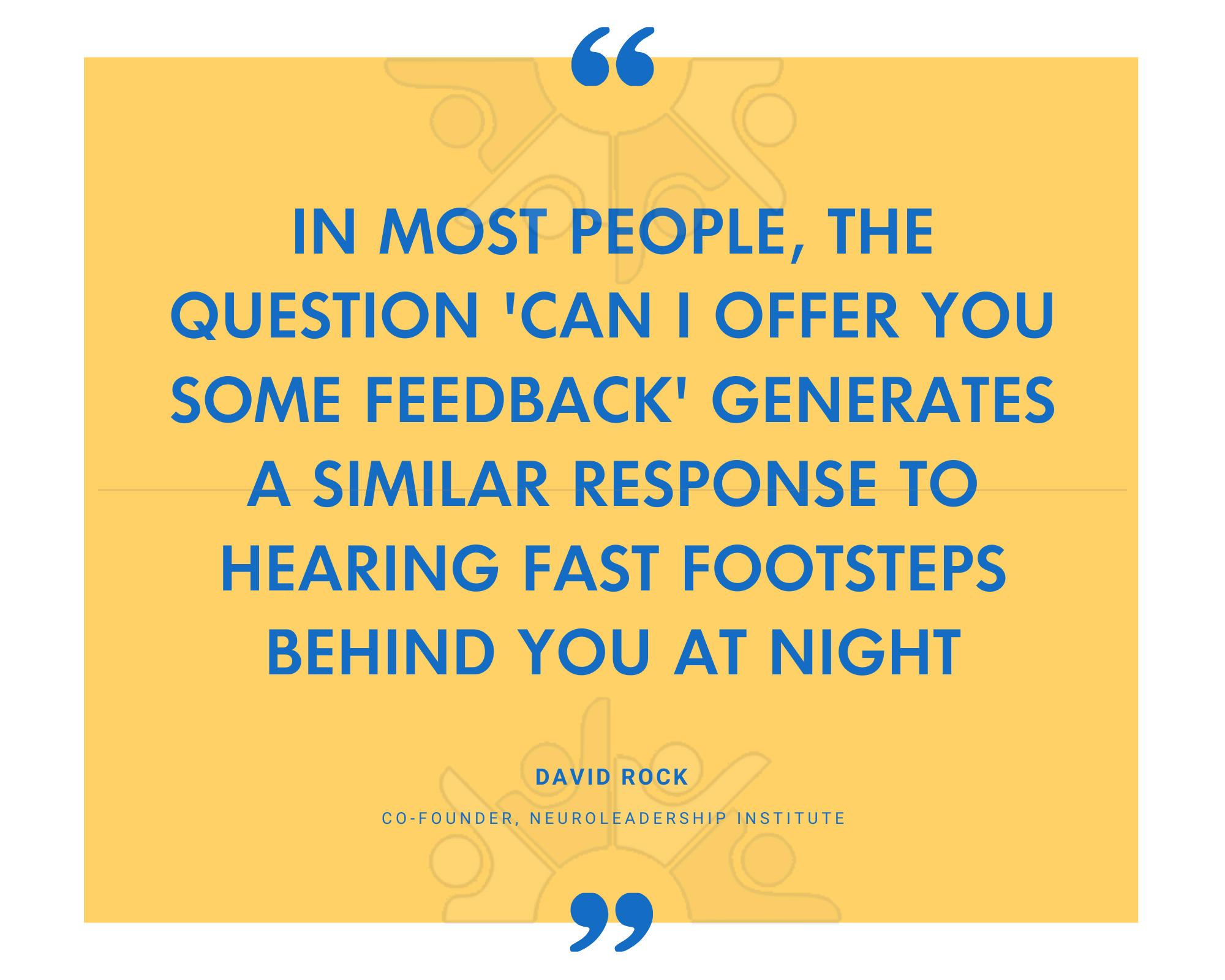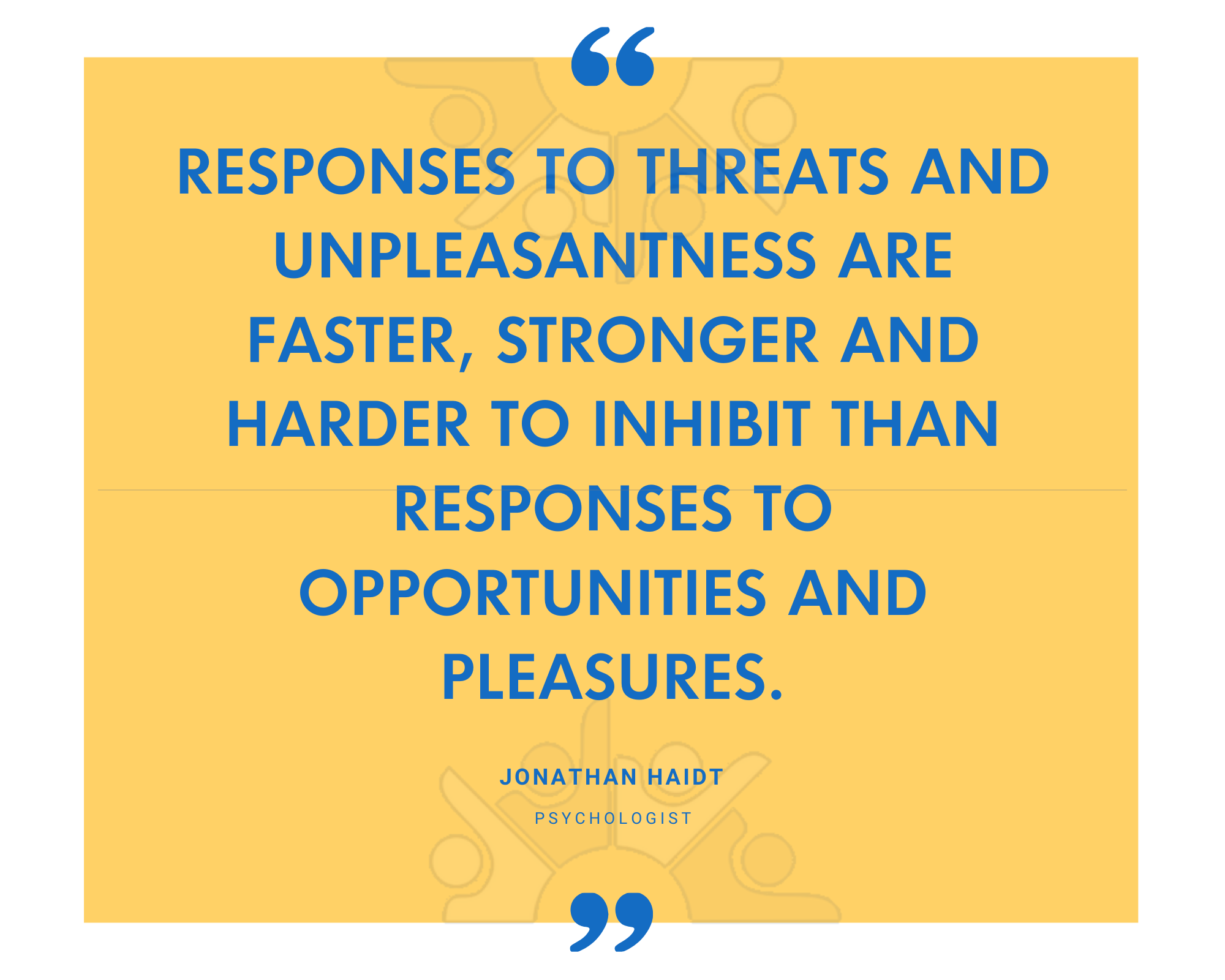Few managers enjoy dealing with difficult feedback, but failure to address problems employees are facing inevitably leads to poorer performance, missed deadlines and other negative consequences which affect a company’s bottom line.
But difficult feedback doesn’t have to be a chore. When approached with the right framework it can provide an opportunity to address underlying problems and ultimately boost performance.

Despite the necessity for companies to deal with negative feedback effectively, a 2010 Study on the State of Performance Management from Sibson Consulting and World At Work found that 63% of executives say that their biggest challenge for effective performance management is the lack of courage and ability of managers to have difficult feedback discussions.
Here are some key tactics you can use to better manage difficult feedback to ensure performance boosts rather than dips.
Preparing negative feedback
Avoid assuming intention …
Assuming the intentions of others is a natural thing for most people to do, Intentions have a strong influence on our judgement of others, but often there is a gulf between what we think a person intended and the reality.
When a person’s actions have a negative impact on those around them, the temptation is to assume the worst. With conversations increasingly taking place on the digital sphere, it can be easy to misconstrue tone: an email reading “I don’t suppose you’ve completed that task yet?” can easily be interpreted as angry or sarcastic, when the intention may well have been conciliatory.
While there will be instances when bad intentions drive behaviour, try to begin the process of preparing negative feedback on the assumption this isn’t the case.
… And playing the “blame game”
Likewise, just as making assumptions about a person’s intentions can unfairly tar them with a negative brush, playing the “blame game” shifts focus away from what matters most: understanding the root of the problem and addressing it in a way that improves performance.
While there will be instances when it is easy to apportion blame, focusing instead on who has contributed to the problem allows managers to realign the feedback with the aim of finding a solution and avoiding repeats of the same failures.
Map the contributions
Understanding and mapping the contribution system centred around negative behaviour which requires difficult feedback is the next step to gaining increased clarity. Write down the factors which an employee has contributed to the situation – missed deadlines and targets, unusual rates of absence and so on – so that these can be discussed during the feedback session.
Likewise, managers should consider writing down their own contributions to the situation, for instance, any instructions given which may not have been clear and any other actions (or inactions) which may have added to the problem.
Understanding these contributions affords managers and employees to get on the same page, so they can make the necessary adjustments to their behaviour and attitude, improving performance and stopping the issue from recurring. Make a note of these contributions in a digital performance management system so you have a permanent record, in case these develop into recurring problems.

Prepare the conversation
Finally, before you schedule your feedback session, write up clear and concise notes to keep the discussion on track. Try to frame the problem from your own perspective as well as the employee’s, including your impact and intentions and the contributions from all parties.
Be prepared to explore each other’s version of events so that you are both clear as to what happened. Make sure you have a clear idea of what you want to accomplish from the feedback session, as well as being clear about how you hope to solve the problem and help your employee learn from the bad experience.
Delivering negative feedback

Framed correctly, the tension and anxiety associated with negative feedback can be defused so that improving performance becomes a priority.
Begin feedback with an invitation …
Before the feedback session begins it’s crucial to get off on the right foot. Extending an invitation expressing the desire for mutual understanding and problem-solving helps set a constructive tone.
Make it clear upfront that your goal is to clarify the situation from both perspectives so that you can better discuss how to move forwards. Making them a partner in the process of discovering a solution makes the upcoming conversation less mysterious and threatening and frames it in a positive way.
… And avoid easing in
At the same time, you should avoid what Professor Chris Argyris of Harvard Business School has described as “easing in”. An all too common method used by managers when dealing with difficult feedback, easing in is when leading questions such as “How do you think you’ve done?” are used in an attempt to soften the blow.
These kinds of hints are none too subtle, and more often than not result in added anxiety for the employee receiving the feedback. Instead, make sure you frame the issue with specificity and clarify that you want to discuss it openly.
Seek to clarify the issues
Referring back to your contributions map and prepared notes is essential for keeping the feedback discussion on track so that the root causes of the problem can be clarified. Explore yours and their perspectives and discuss the impact it has had. If necessary, take responsibility for the impact of your own actions before getting them to respond so that you are both on the same page.
Ask the right questions
You may need to ask additional questions to further clarify the situation before looking at solutions. Depending on the circumstances you may need to ask for concrete information and examples, or alternatively more open-ended questions such as “What were you trying to accomplish?” can provide them with the necessary leeway to give you the information you require.
Conclude with problem solving
Finally, it’s time to look towards the future and create some options for solving the problem while meeting both sides’ primary concerns or finding a fair way to resolve any differences.
This is when managers and their employees can collaborate to come up with creative solutions and any corrective courses of action. Managers can make note of any training the employee might need to undergo in their performance management software, or if necessary adjust the employee’s objectives and targets accordingly.
Ultimately, the goal should be to push their performance back on track with a mutual understanding of what is required in the future.





